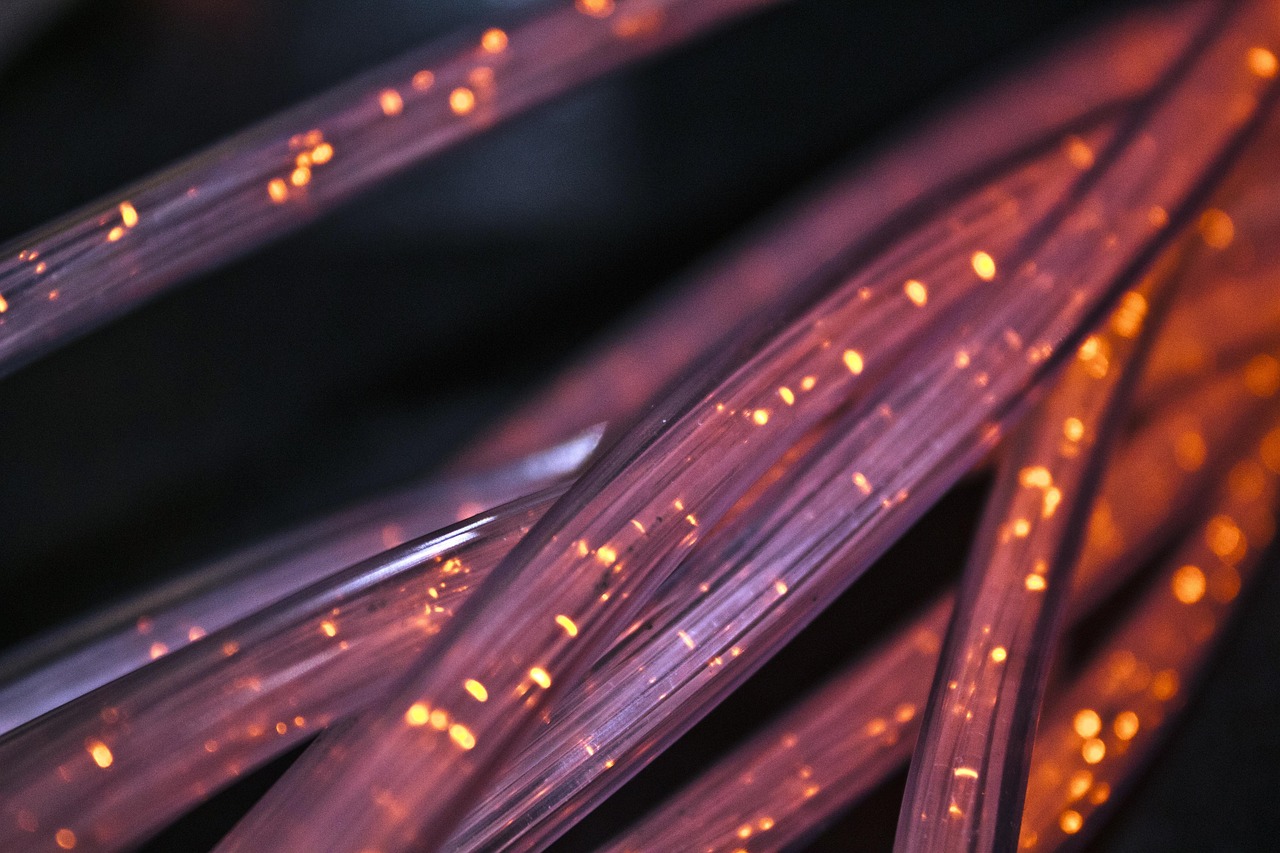Drones, once the realm of science fiction and military operations, have rapidly transformed into indispensable tools across a wide spectrum of industries and hobbies. From capturing breathtaking aerial photography to inspecting critical infrastructure, these versatile flying machines are reshaping how we interact with the world. This guide will delve into the world of drones, exploring their diverse applications, key features, and essential considerations for anyone looking to enter this exciting technological landscape.
Understanding Drone Technology
What Exactly is a Drone?
At its core, a drone, also known as an Unmanned Aerial Vehicle (UAV), is an aircraft without a human pilot onboard. It’s controlled remotely, either through a ground-based controller or autonomously via pre-programmed flight plans. Modern drones are typically powered by batteries and equipped with advanced sensors, cameras, and GPS technology.
Key Components of a Drone
Understanding the core components of a drone is crucial for appreciation and operation:
- Airframe: The structural framework of the drone, usually made from lightweight and durable materials like carbon fiber.
- Motors & Propellers: Provide the thrust necessary for lift and maneuverability.
- Flight Controller: The brain of the drone, processing sensor data and controlling motor speeds to maintain stability and execute commands.
- Battery: Powers the drone’s systems; battery life is a crucial factor affecting flight time.
- GPS Module: Enables precise positioning and autonomous flight capabilities.
- Camera & Sensors: Capture images, videos, and other data depending on the drone’s application. This can range from basic visual cameras to thermal, LiDAR, and multispectral sensors.
- Remote Controller: The device used by the operator to control the drone’s movements.
Types of Drones
Drones come in various shapes and sizes, each designed for specific purposes. The most common types include:
- Multi-rotor Drones: These are the most common type, known for their stability and maneuverability. They use multiple rotors (usually four or more) to generate lift. Examples include quadcopters, hexacopters, and octocopters.
- Fixed-wing Drones: Resemble traditional airplanes and are more efficient for long-distance flights. They require a runway or launch system for takeoff and landing.
- Single-rotor Drones: Similar to helicopters, offering a balance between multi-rotor and fixed-wing capabilities.
- Hybrid Drones: Combine the vertical takeoff and landing (VTOL) capabilities of multi-rotor drones with the efficiency of fixed-wing drones.
Diverse Applications of Drones
Aerial Photography and Videography
Drones have revolutionized the way we capture visual content. They provide unique perspectives and access to locations previously inaccessible.
- Real Estate: Showcasing properties with stunning aerial views. For example, a drone can capture the scale and features of a large estate or highlight the proximity to amenities.
- Tourism: Creating captivating promotional videos of tourist destinations. Imagine soaring over the Grand Canyon or capturing the vibrant colors of a coral reef from above.
- Filmmaking: Obtaining cinematic shots for movies and documentaries, such as sweeping landscape shots or dynamic action sequences.
Industrial Inspections
Drones are increasingly used for inspecting infrastructure, reducing risks and costs compared to traditional methods.
- Power Lines: Inspecting power lines for damage or corrosion, minimizing the need for manual climbing. Drones can identify hot spots on power lines using thermal cameras, indicating potential problems before they lead to outages.
- Bridges: Assessing the structural integrity of bridges, identifying cracks or other defects. High-resolution images captured by drones allow engineers to meticulously examine bridge components.
- Wind Turbines: Inspecting wind turbine blades for damage without shutting down the turbine. This saves significant time and resources compared to traditional inspection methods.
Agriculture and Precision Farming
Drones are transforming agriculture by providing farmers with valuable data to optimize crop yields and reduce waste.
- Crop Monitoring: Assessing crop health and identifying areas with nutrient deficiencies or disease. Multispectral imaging can reveal subtle differences in plant health that are invisible to the naked eye.
- Precision Irrigation: Identifying areas that need more or less water, allowing for targeted irrigation.
- Livestock Monitoring: Tracking livestock movements and identifying potential issues.
Search and Rescue Operations
Drones are invaluable tools for search and rescue teams, enabling them to cover large areas quickly and efficiently.
- Locating Missing Persons: Searching for missing persons in remote or difficult terrain. Drones equipped with thermal cameras can detect body heat signatures, even in darkness.
- Assessing Disaster Damage: Evaluating the extent of damage after natural disasters, such as earthquakes or floods.
- Delivering Emergency Supplies: Delivering essential supplies to victims in hard-to-reach areas.
Key Features to Consider When Buying a Drone
Camera Quality and Resolution
The camera is often the most important feature for many drone users, especially those interested in photography or videography.
- Resolution: Higher resolution (e.g., 4K or higher) allows for more detailed images and videos.
- Sensor Size: A larger sensor captures more light, resulting in better image quality, especially in low-light conditions.
- Gimbal Stabilization: A gimbal stabilizes the camera, ensuring smooth and shake-free footage.
- Video Frame Rates: Higher frame rates (e.g., 60fps or 120fps) allow for slow-motion video recording.
Flight Time and Battery Life
Flight time is a critical factor, as it determines how long you can operate the drone before needing to recharge or swap batteries.
- Battery Capacity: Higher battery capacity generally translates to longer flight times.
- Optimized Flight Modes: Some drones offer flight modes that conserve battery power.
- Consider Extra Batteries: Investing in extra batteries can significantly extend your flight time.
Flight Range and Transmission Technology
The flight range indicates how far you can fly the drone from the remote controller while maintaining a stable connection.
- Transmission Technology: Modern drones use digital transmission technologies like DJI’s OcuSync, which offer longer range and more reliable connections.
- Obstacle Avoidance: Some drones feature obstacle avoidance systems that help prevent collisions.
Autonomous Flight Modes
Autonomous flight modes simplify complex maneuvers and allow you to focus on capturing the perfect shot.
- Follow Me Mode: The drone automatically follows a subject, such as a person or vehicle.
- Orbit Mode: The drone circles around a specific point, capturing a 360-degree view.
- Waypoint Navigation: The drone flies along a pre-defined path, allowing for repeatable and precise flight patterns.
Regulations and Safety Tips
Understanding Drone Regulations
Operating a drone legally and safely requires understanding and adhering to local regulations. Regulations vary significantly from country to country, and even within regions.
- Registration: In many countries, drones must be registered with the aviation authority (e.g., the FAA in the United States).
- Altitude Limits: Maximum flight altitudes are typically restricted to prevent interference with manned aircraft.
- Restricted Airspace: Flying near airports, military bases, and other sensitive locations is often prohibited.
- Visual Line of Sight (VLOS): In many jurisdictions, you must maintain visual line of sight with the drone at all times.
Essential Safety Tips
Safety should always be the top priority when operating a drone.
- Pre-flight Checks: Always perform a thorough pre-flight check to ensure that all systems are functioning correctly.
- Weather Conditions: Avoid flying in strong winds, rain, or other adverse weather conditions.
- Maintain Awareness: Be aware of your surroundings and potential hazards.
- Emergency Procedures: Familiarize yourself with emergency procedures, such as how to initiate a return-to-home (RTH) function.
Resources for Drone Pilots
Numerous resources are available to help drone pilots stay informed and safe.
- Official Aviation Authorities: Websites of aviation authorities (e.g., FAA, EASA) provide information on regulations and safety guidelines.
- Drone Pilot Training Courses: Many organizations offer drone pilot training courses that cover regulations, safety, and best practices.
- Online Forums and Communities: Online forums and communities are great places to connect with other drone pilots, share knowledge, and ask questions.
Conclusion
Drones have evolved from niche gadgets into powerful tools with diverse applications. Whether you’re a professional photographer, an industrial inspector, or simply a hobbyist, understanding drone technology, its capabilities, and its limitations is crucial. By carefully considering your needs, choosing the right drone, and adhering to regulations and safety guidelines, you can unlock the immense potential of these remarkable flying machines. Remember to always prioritize safety and stay informed about the latest developments in the ever-evolving world of drones.




